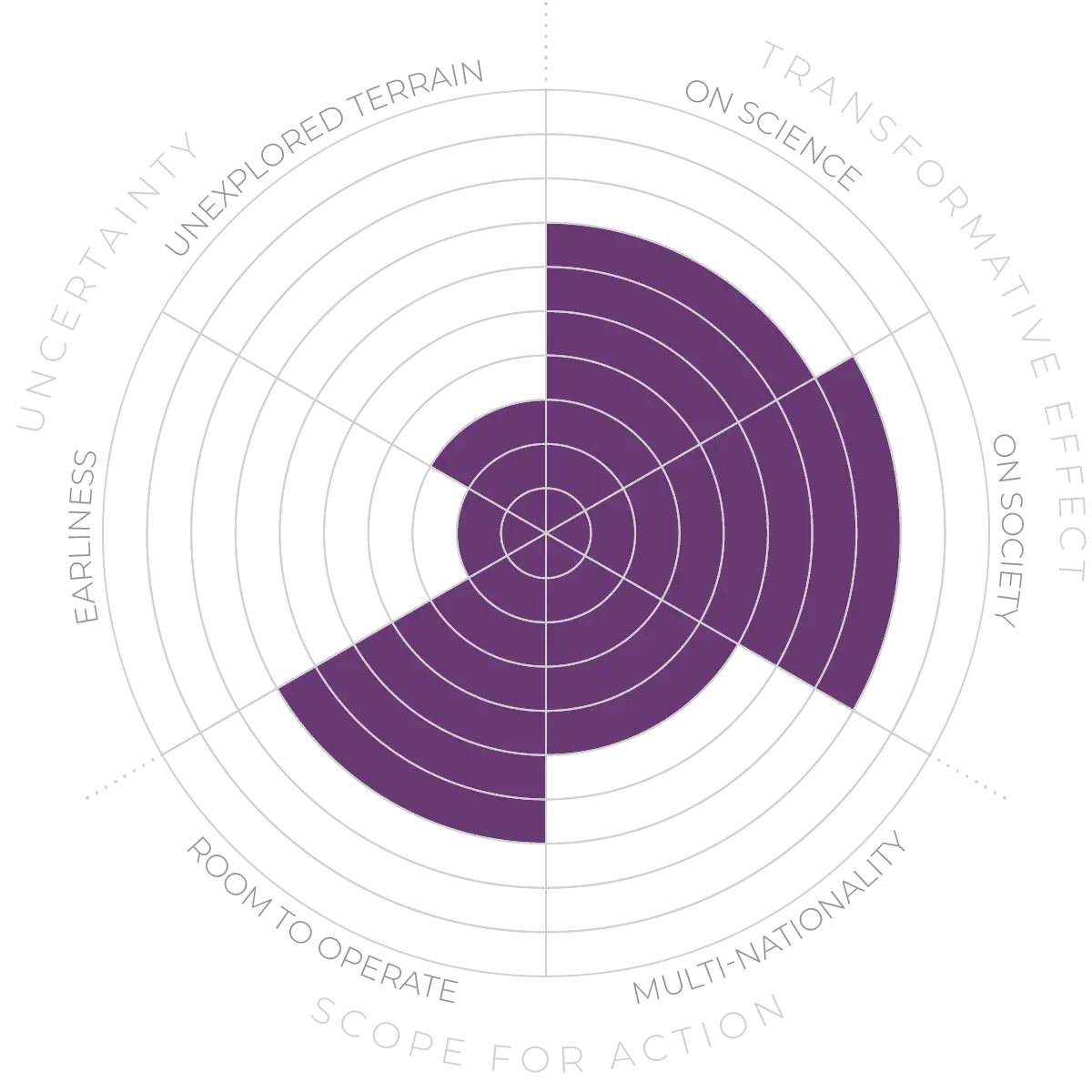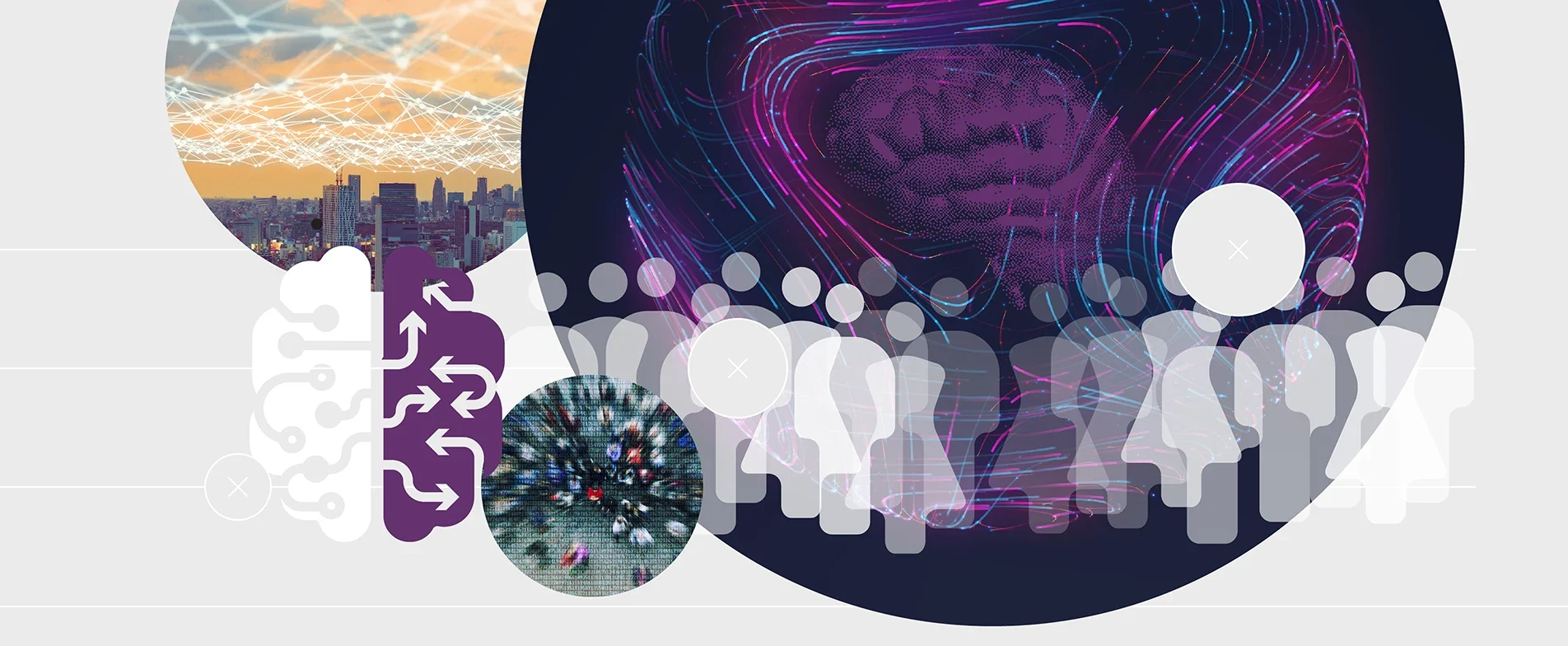Future Horizons:
10-yearhorizon
AI breakthroughs bring more effective collaboration
25-yearhorizon
Artificial agents join collaborative teams
There is considerable excitement around LLMs, which have opened up an intuitive new way for humans to interface with computers through natural language. But AI struggles with certain challenging aspects of human interaction. Human decision-making is highly context-dependent, for instance, and that context is not static. Group interactions are also governed by subtle cues and complex social conventions.
AI researchers have made some progress in understanding context46 and gesture recognition,47 and there is growing evidence that LLMs have a rudimentary ability to model human mental states (known as theory of mind).48 Multimodal AI models that can interpret more than just text present a promising direction for developing more context-aware AI.49 But imbuing machines with true social intelligence remains a distant goal and will require a multidisciplinary effort spanning the social, behavioural and natural sciences.50,51 A concerted effort is also needed to improve our understanding of how humans perceive and interact with conversational AI.52
In addition, AI chatbots raise significant privacy and security concerns.53 Also, their propensity for sycophancy54 and their tendency to confidently assert incorrect information, or “hallucinate”, makes it essential to ensure people understand the technology’s limits so that they don’t become overly trusting of it.55 As technology increasingly mediates group interactions it will also be important to measure whether it is enhancing human capabilities or causing them to atrophy.
Human-computer interaction - Anticipation Scores
The Anticipation Potential of a research field is determined by the capacity for impactful action in the present, considering possible future transformative breakthroughs in a field over a 25-year outlook. A field with a high Anticipation Potential, therefore, combines the potential range of future transformative possibilities engendered by a research area with a wide field of opportunities for action in the present. We asked researchers in the field to anticipate:
- The uncertainty related to future science breakthroughs in the field
- The transformative effect anticipated breakthroughs may have on research and society
- The scope for action in the present in relation to anticipated breakthroughs.
This chart represents a summary of their responses to each of these elements, which when combined, provide the Anticipation Potential for the topic. See methodology for more information.



